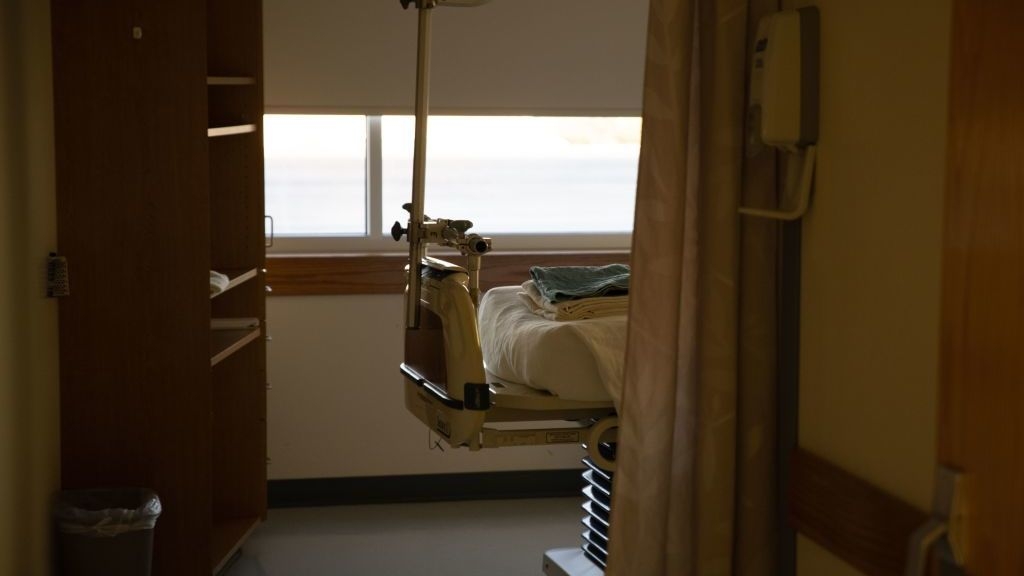- Joined
- Sep 18, 2017
- Messages
- 38
- Reaction score
- 4
What are the risks of buying into an asc? The upsides? How would you evaluate the situation?
Also, before you join a group, in order to get a sense of the job, what would you want to ask the other doctors who work there?
Also, before you join a group, in order to get a sense of the job, what would you want to ask the other doctors who work there?

